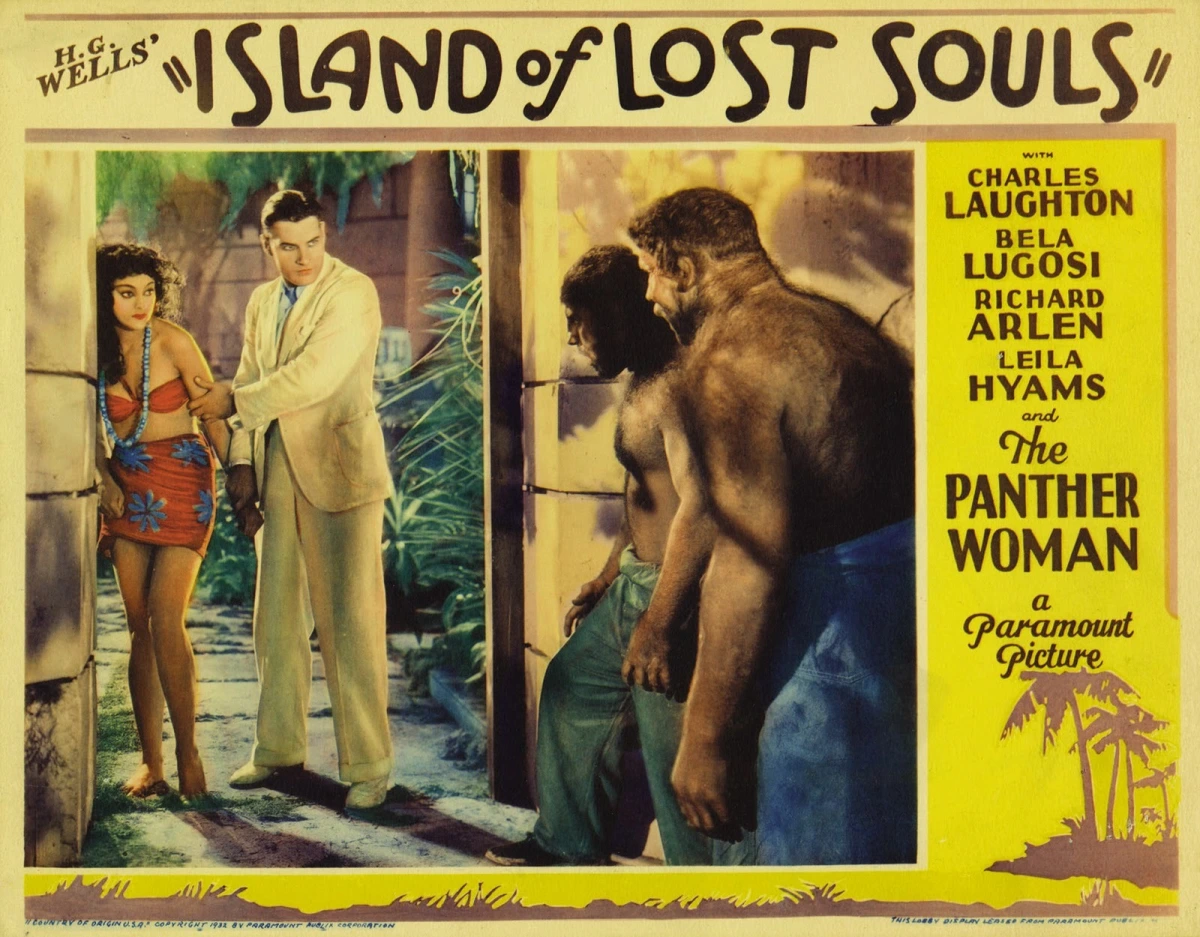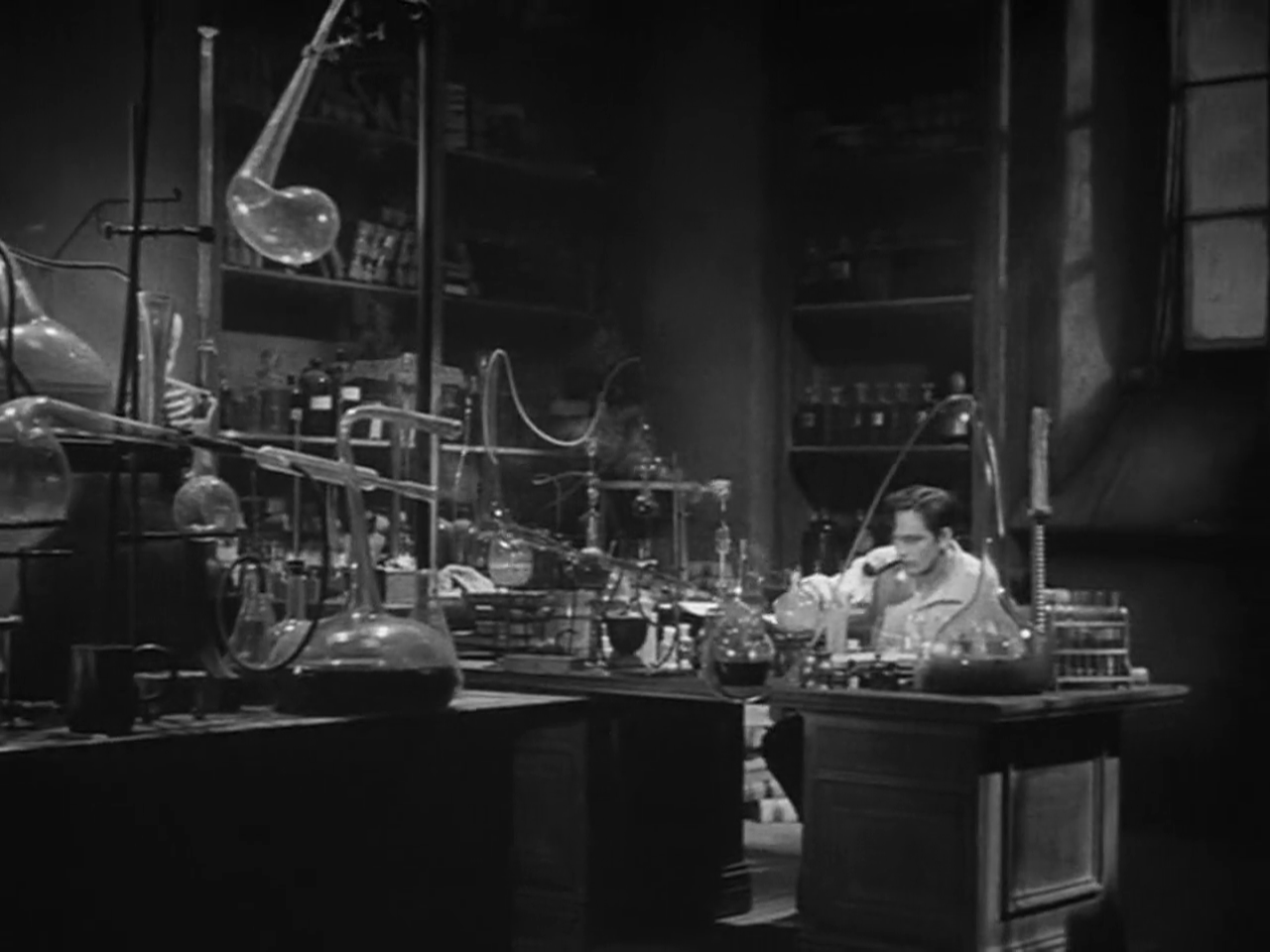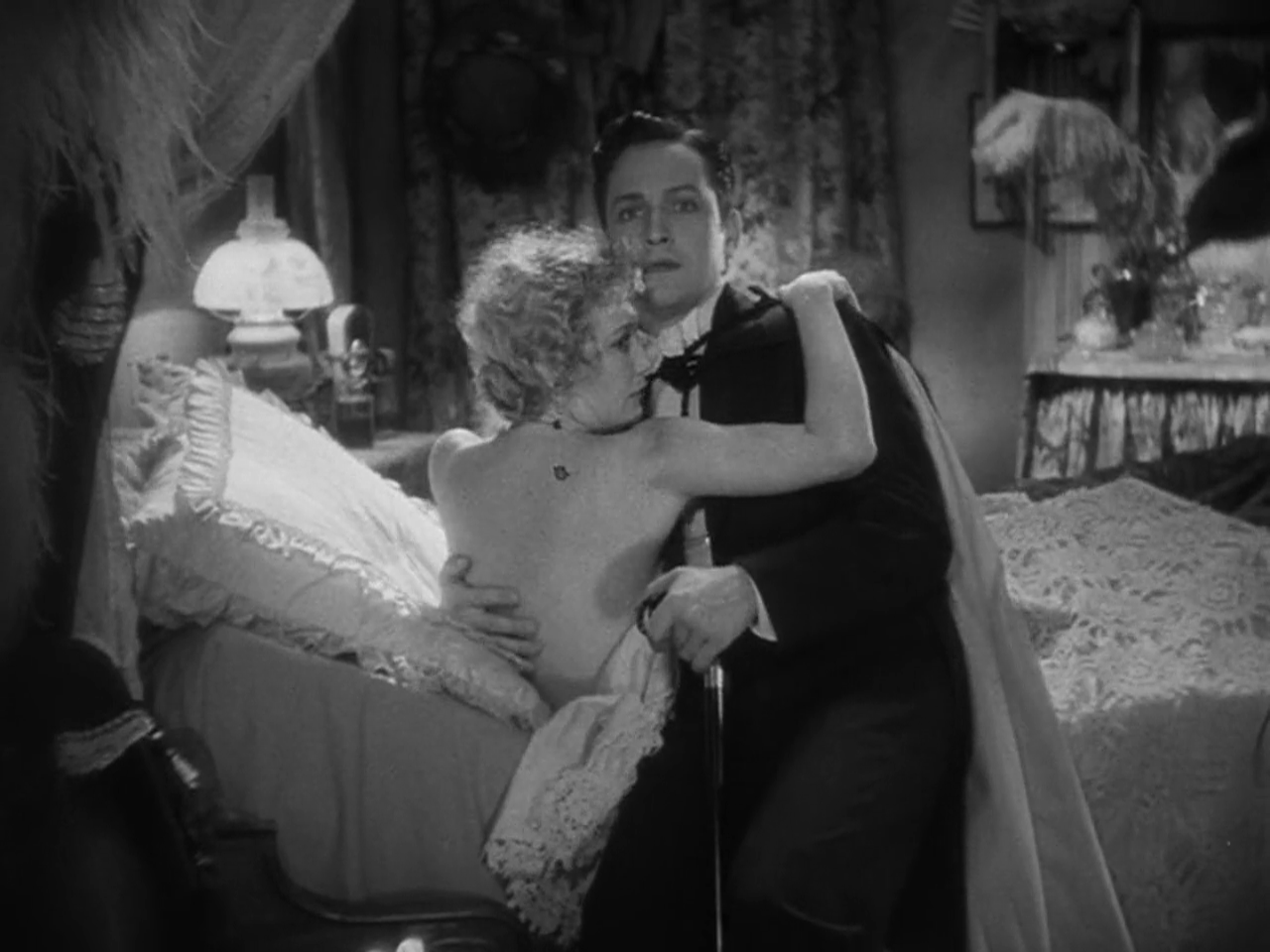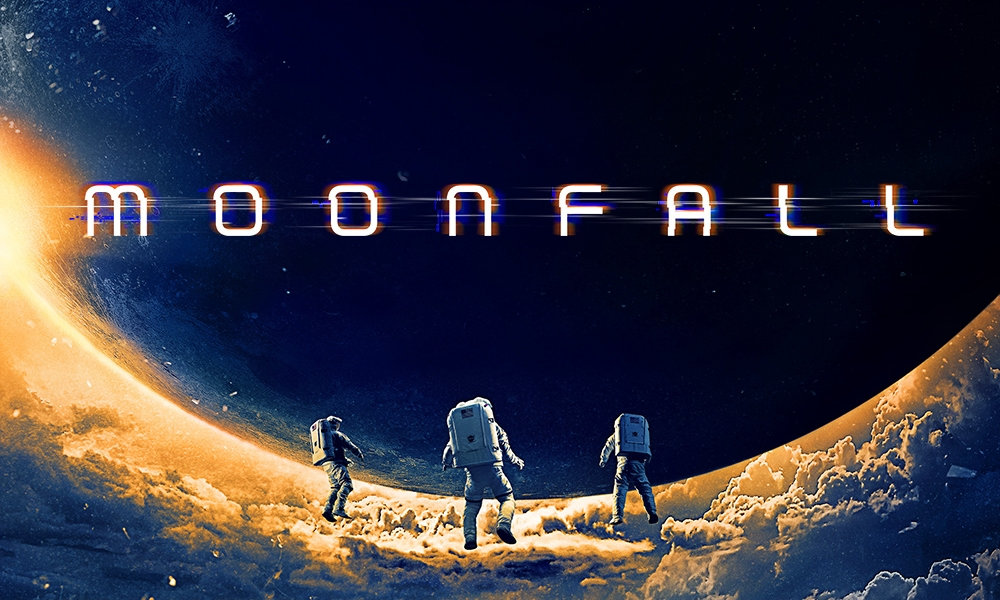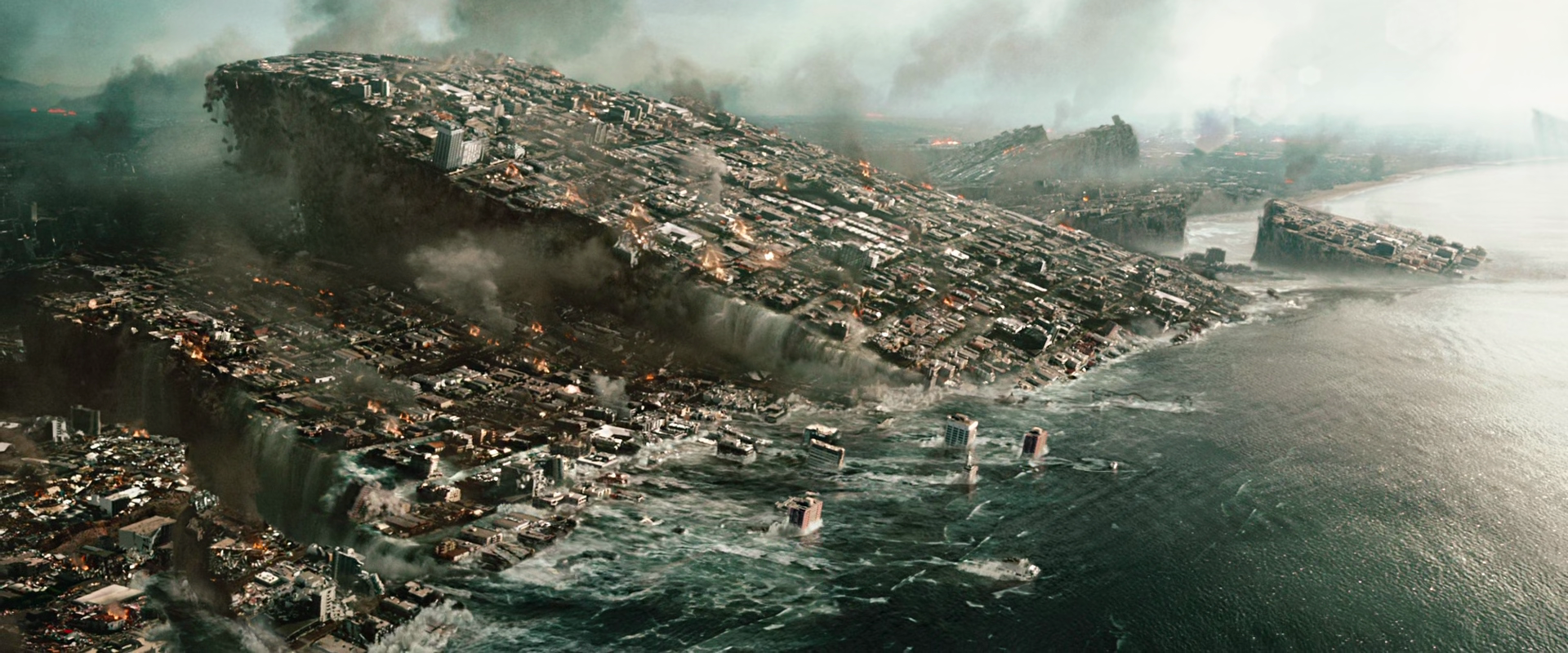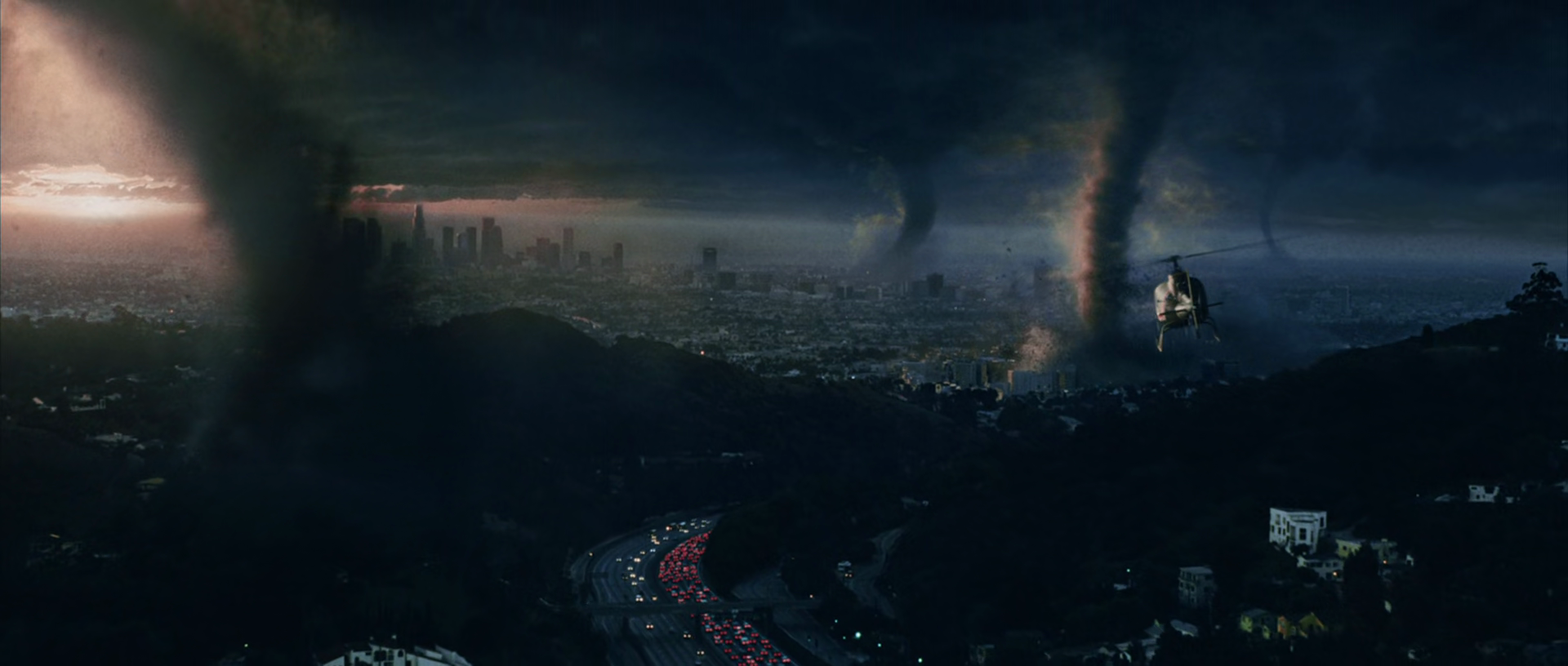H.G. Wells' novel The Island of Dr. Moreau can best be described as “all setup and no payoff” and thus Paramount took quite a few liberties to this story of the misadventures of a shipwreck survivor who finds himself stranded on a mysterious island ruled by an enigmatic mad scientist. The movie opens with shipwrecked traveller Edward Parker (Richard Arlen) being rescued by a freighter delivering animals to an isolated South Seas island owned by Dr. Moreau (Charles Laughton), but an angry confrontation with the freighter’s captain (Stanley Fields) results in Parker being chucked overboard and into the lap of Dr. Moreau. Parker gets some sympathy from Montgomery (Arthur Hohl), a disgraced doctor who joined Moreau rather than face a prison term in England, but he discovers that the island's inhabitants are not ordinary humans but instead are grotesque creations, half-human and half-animal, surgically altered by Dr. Moreau's mad experiments and he starts to wonder if maybe he hadn’t survived his shipwreck, instead, has actually ended up in Hell.
Moreau as a sadistically gleeful Lucifer.
Unlike Dr. Frankenstein, Moreau isn’t using parts from stolen corpses to make his creations, it’s so much worse than that, he is a vivisectionist who believes that he can speed up evolution through surgery and as he is one who clearly doesn’t believe in anesthetic his surgery is aptly dubbed “The House of Pain” and it’s the disturbing screams from his work that alerts Parker to the horrors being committed by the mad doctor. One of the biggest changes from book to film was the addition of Lota, The Panther Woman (Kathleen Burke) because while there is a Puma Woman in the novel, in the movie, Moreau takes the unexpected arrival of Parker as a chance to see how close to human he has reached with Lota, hoping to see if she can love and even procreate with Parker. Needless to say, when Parker leans of Lota’s true origins he becomes enraged, tipped off by her fingers reverting back to bestial claws, but when Parker's fiancée Ruth Thomas (Leila Hyams) learns of her presumed lost love’s actual location she arrives on the island with Captain Donahue (Paul Hurst), who she had persuaded to bring to Moreau's island, and Moreau sees this as another golden opportunity to determine if his “Beast Men” are human enough to mate and sire children.
It’s no surprise that this film was banned in twelve countries back in 1932.
In H.G. Wells’ novel, the character of Dr. Moreau is a cold, detached, and highly intelligent scientist, driven by his desire to reshape and control life and it explores his motivations, his scientific ambitions, and the philosophical questions raised by his experiments, while the movie presented Dr. Moreau as a more overtly malevolent and theatrical figure. Charles Laughton's portrayal of this obsession adds an extra layer of sadistic charm, with a dash of overt sexualism, highlighting the character's manipulation and control over the human-animal hybrids. Not only is the planned rape of Parker’s fiancée absent from the book she is another character created by the filmmakers out of whole cloth – one assumes they believed you can’t have a jungle adventure without a blonde damsel – and this added level of horrors was not something audiences of this time period were ready for.
Apes peaking in windows is a definite problem.
While Island of Lost Souls diverges from H.G. Wells' original novel in terms of narrative focus and character portrayals, it successfully captures the essence of the story's darker themes and explores them through its unique visual and atmospheric presentation. Both the novel and the film offer distinct interpretations of the ethical implications of scientific experimentation and the thin line between civilization and savagery, making them fascinating works to compare and appreciate in their own right. Under the capable hands of Erle C. Kenton, this adaptation of The Island of Dr. Moreau is a chilling and thought-provoking pre-code horror film that stands as a testament to the audacity and creativity of early 20th-century cinema. This black-and-white masterpiece explores themes of science, morality, and the fragile boundaries that separate humans from beasts. At its core, H.G. Wells' story is a cautionary tale about the ethical implications of scientific experimentation and the hubris of mankind as it prompts viewers to question the morality of tampering with nature and the treatment of other living beings, and the film's exploration of these themes is both thought-provoking and deeply unsettling, leaving a lasting impact on the audience.
And don’t worry, Moreau will get his just desserts.
Stray Observations:
• If you are rescued by a boat that is travelling to “An island without a name, an island not on any chart” you’d probably be better off back in your lifeboat.
• As Moreau’s boat approached the island it passed through some heavy fog and I half expected it to reveal a skull-shaped mountain and giant wall.
• Author H.G. Wells hated this film but it remains the best adaptation of his novel, thank god he didn’t live to see Marlon Brando's version, it may have killed him.
• Despite this being an excellent movie it was a box office disappointment for Paramount, not helped by it being banned in several countries, while their rival Universal went on to great success with their adaptation of H.G. Wells’s The Invisible Man a year later. Which Wells, of course, also didn't like.
• Dr. Moreau asks his guest “Mr. Parker, do you know what it means to feel like God?” which has to be the biggest red flag when it comes to mad scientists.
As mad scientists go, there is none madder than Dr. Moreau.
Without a doubt, one of the most important elements that led to this film turning out as good as it is would be in the casting, and leading the charges is Charles Laughton who delivered a standout performance as Dr. Moreau, portraying the character with an unsettling mix of scientific curiosity and a god-like superiority complex. Many actors have tackled this part, from Burt Lancaster to Marlon Brando, but it’s Laughton's commanding presence and distinctive voice, which creates an aura of malevolence, that makes this particular version of Dr. Moreau one of the most memorable and chilling villains in horror cinema. Aside from Laughton’s chilling portrayal of the mad doctor a special shout-out should be given to Moreau’s “Sayer of the Law,” portrayed by the great Bela Lugosi, who may have turned down the role of Frankenstein’s Monster because it involved too much makeup here is pretty much unrecognizable, and he brings an extra level of pathos and betrayal to poor tormented creations of Moreau, and recitation of the law are quite chilling “Not to go on all fours, that is the law. Are we not men?”
Law and Order: Special Monster Unit.
To bring these poor creatures to life relied on the remarkable makeup effects work by Wally Westmore and Charles Gemora and their efforts here enhanced the film's eerie atmosphere and conveyed the unsettling nature of Dr. Moreau's creations. The grotesque makeup of the man-creatures, designed by Westmore, is hauntingly effective, causing discomfort and unease as we witness these unfortunate souls caught between human and animal forms. The Beast People are incredibly convincing, with their grotesque appearances and animalistic mannerisms. Their presence adds an additional layer of unease to the narrative, raising questions about the boundaries of science and the consequences of playing god. While Island of Lost Souls may not possess the graphic violence or explicit content found in modern horror films, its psychological depth and exploration of taboo subjects make it an enduring classic of the genre. It serves as a stark reminder of the ethical dilemmas that arise when humanity oversteps its bounds and plays with the natural order of things.
“We are definitely not coming back here for our Honeymoon.”
Another captivating aspect of Island of Lost Souls is its atmospheric setting and cinematographer Karl Struss uses light and shadow to evoke a sense of isolation and dread. The visuals he provides effectively capture the lush yet foreboding landscape, intensifying the film's macabre atmosphere. Struss’s cinematography is beautifully aided by fantastic set designs which contribute significantly to its overall sense of foreboding. The island is shrouded in an eerie mist, with dense foliage and sinister interiors creating an atmosphere that is both striking and unsettling, heightening the tension and unease that permeate every scene.
Justice for the Panther Woman!
In conclusion, Island of Lost Souls not only stands the test of time as a classic horror film but as one of the better adaptations of an H.G. Wells work, an entry in cinema that continues to captivate audiences with its macabre imagery, powerful performances, and profound themes. It serves as a testament to the enduring impact of early horror cinema and its ability to explore complex ideas that remain relevant to this day. If you appreciate atmospheric horror and thought-provoking storytelling, this film is an absolute must-see.
